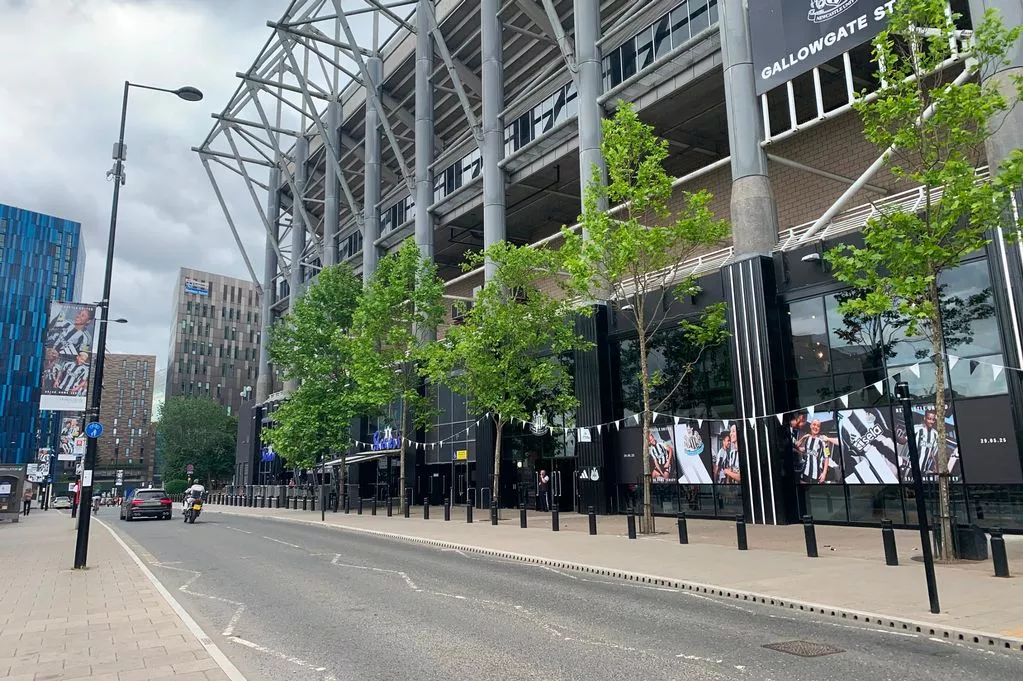The future of where Newcastle United plays its football is a topic that never stays quiet for long, and it has been thrust back into the spotlight with the arrival of new CEO David Hopkinson.
After months of relative silence from the club’s hierarchy, Hopkinson has quickly reopened the conversation, demonstrating an eagency to understand every facet of the club he now leads, including its most complex and emotionally charged issue: the stadium.
For fans, the debate is a simple but profound one: should the club embark on the monumental task of expanding and modernizing the beloved but limited St James’ Park, or should it pursue a brand new, state-of-the-art arena elsewhere?
The emotional pull of history tugs in one direction, while the practical need for growth pulls in the other. The new CEO’s early comments suggest he is acutely aware of this tension.
He pointedly highlighted the importance of location, name-dropping iconic venues like Madison Square Garden in Manhattan and the Bernabéu on Madrid’s Castellana, drawing a direct parallel to St James’ Park’s own commanding position in the heart of Newcastle.
This wasn’t a casual observation; it was a strong hint that his preference leans toward finding a solution on the current site.

The challenge of expanding St James’ Park is immense. The East Stand is constrained by protected Georgian architecture, making vertical expansion impossible.
This reality has long led club insiders to the same conclusion: the only viable path to a significant capacity increase is through a complete rebuild of the Gallowgate End.
During a feasibility study, club officials were shown breathtaking images of what a transformed stadium could look like, with a capacity potentially soaring to around 65,000—a substantial jump from the current 52,264.
A fascinating discovery during this process was that the foundations of the old Gallowgate terraces, which fans stood on for the last time in 1994, still lie beneath the current stand.
This piece of history is a reminder of the club’s deep roots, but it also presents a unique engineering opportunity.
The belief is that a new, cantilevered stand can be built on this site, stretching out over Strawberry Place to create the additional space needed without the club having to abandon its spiritual home.
This option would likely be the most popular among the fanbase. The idea of leaving St James’ Park entirely is a daunting one for many, a sentiment echoed by former manager Eddie Howe, who once spoke passionately about the stadium’s inspiring presence on the city’s skyline.
A rebuilt Gallowgate would allow the club to retain its identity and location while finally providing the capacity needed to meet overwhelming demand for tickets.
However, the path forward is not without obstacles. The process of gaining planning permission and navigating the complexities of a city-center construction project is a world away from the rapid development seen in other parts of the world.
It requires patience, diplomacy, and a willingness to work closely with the local community.
For now, the club is in a period of assessment. Hopkinson is gathering information, and the ownership, led by Yasir Al-Rumayyan, is keen to move forward with a solution that secures the club’s financial future without severing its historic soul.
The dream of a larger, louder St James’ Park, with a breathtaking new Gallowgate End defining the city skyline for a new generation, is very much alive.
The wait for a final decision continues, but the conversation is finally moving again.
